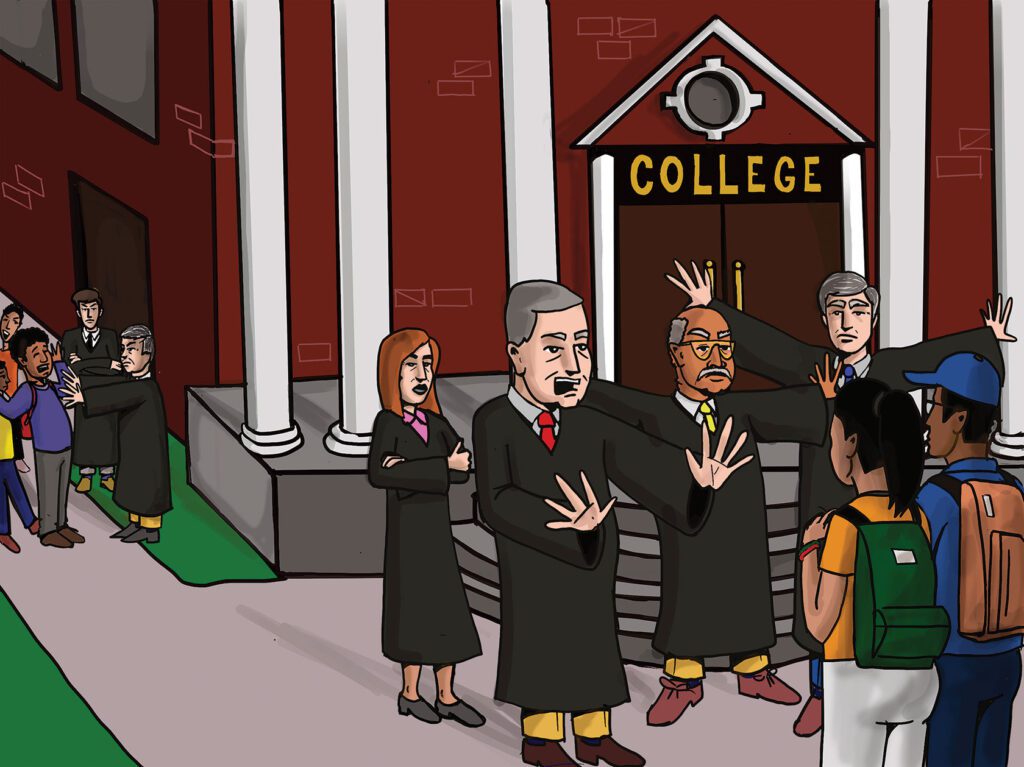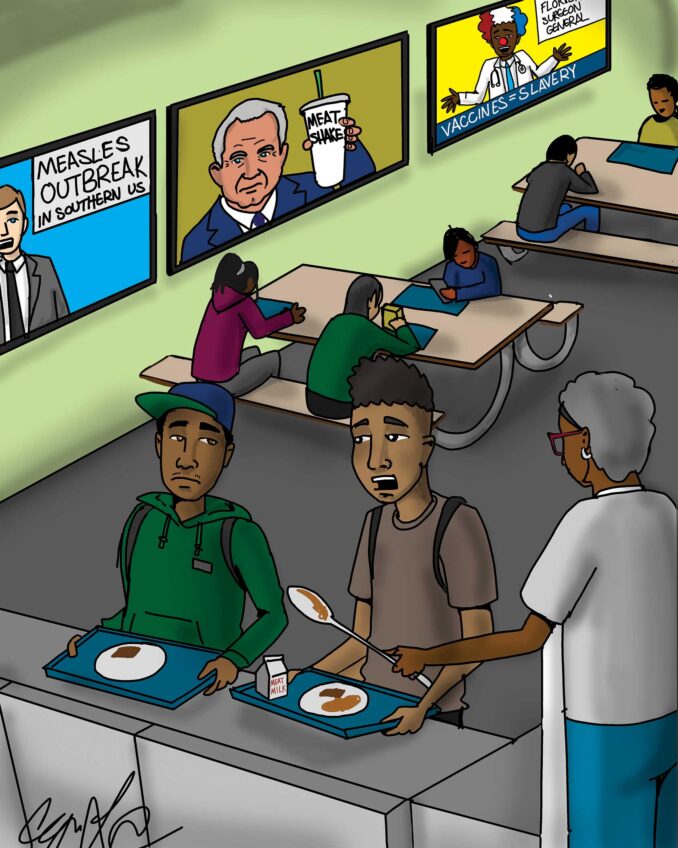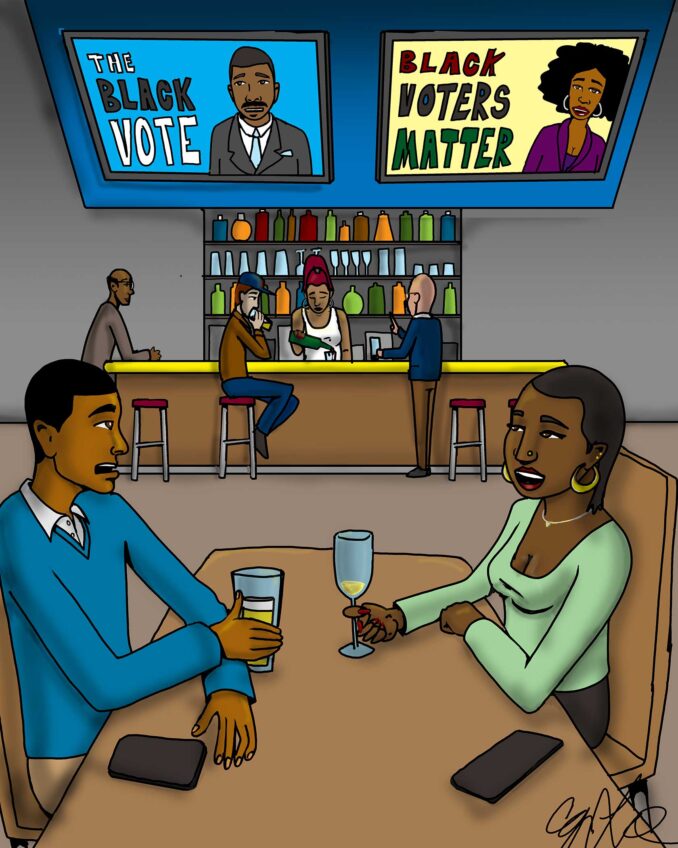
The conservative wing of the Supreme Court, led by Chief Justice John Roberts, did what many people thought they might do but prayed they wouldn’t. The court reversed 40 years of settled law on race-conscious college admissions with its decisions in Students for Fair Admissions v. Harvard College and Students for Fair Admissions v. University of North Carolina. Lawsuits brought by white conservative activists on behalf of Asian Americans challenged race-conscious admissions policies, arguing that they violate the Constitution’s promise of equal protection under the law.
Roberts’ decision for a six-justice majority is 237 pages of deflection and willful blindness when it comes to the inequities of race in this country. The majority’s argument obtusely states that the Constitution does not support the idea of a “caste” system and therefore any consideration of race is offensive and demeaning. Yet as everyone knows, a caste system does exist, as shown by the indisputable facts of the inequalities between Black and white Americans.
This blindness is not surprising, given Roberts’ earlier crusade to destroy elements of the Voting Rights Act of 1965. The seminal civil rights law put strict controls and monitoring on Southern states that had traditionally tampered with or denied voting rights to their Black populations through intimidation and poll taxes. Roberts dismantled much of the Voting Rights Act in Shelby County v. Holder (2013) and joined in other decisions that have made it harder for voting rights plaintiffs to prove they were victims of discrimination.
The same can be said of this new ruling that eliminates race as a consideration in college admissions. But as Justice Sonia Sotomayor’s dissenting opinion pointed out, in all other areas in American life, skin color does matter and plays an important role in the current racial hierarchy: “The result of today’s decision is that a person’s skin color may play a role in assessing individualized suspicion, but it cannot play a role in assessing that person’s individualized contributions to a diverse learning environment,” she wrote.
The newest Supreme Court justice, Ketanji Brown Jackson, went even further in her 29-page dissent describing the realities of the inequities in America. Listing wealth and income levels in 2019, Black families’ median wealth was approximately $24,000. For white families, that number was nearly eight times as much, about $188,000. Such disparities exist at every income and educational level. On average, white families with college degrees have $300,000 more wealth than Black families with college degrees. Over time, these disparities have widened, Jackson pointed out.
Jackson identified the mechanisms of institutional racism responsible for this imbalance. Since the end of slavery, instruments to control the lives and livelihoods of Black Americans were installed, such as sharecropping, incarceration under vacancy laws, Jim Crow laws and redlining of Black neighborhoods, devaluing homes there. Her dissent points out that when the country did offer programs to give citizens a helping hand, like the New Deal or the G.I. Bill, Black people were excluded from the benefits.
Throughout the late 1960s and into the 1970s, more people of color were admitted to elite universities. Ivy League colleges began to admit women. Columbia University admitted twice the number of Black students in 1969 than the year before, according to the New York Times. These schools understood the value of diversity in coeducation. The increase in women in schools during this decade helped drive the women’s movement, and coincided with the landmark reproductive rights ruling, Roe v. Wade.
Now, almost 50 years later, affirmative action has been struck down as one way to level the playing field in higher education. The disparity gap will widen even further if something is not done.
Here’s one example of the likely results. In 2006, Michigan passed a statewide referendum banning colleges from considering race in admissions. Since then, the state’s Black college-age population has grown by 3% while Black college enrollment at the flagship University of Michigan has dropped to 4% from 7%.
These latest Supreme Court rulings will not deter wealthy parents from securing a space in a first-year college class for their children, nor will they stop legacy admissions, one of the biggest and perhaps most insidious factors in admissions to elite colleges. With fewer Black and Latino alumni, there is a much smaller legacy pool of color.
This country, with its history of institutional racism, is functioning as it always has whenever there is a small bit of Black progress. As concerned citizens, we all must speak up about these injustices because silence is complicity. “Our lives begin to end the day we become silent about things that matter,” Martin Luther King Jr. said.
We all need to stand up and demand the expansion of the Supreme Court by at least three justices to make this court reflect the country’s true values, rather than the views of at least two justices who have received millions in gifts from billionaires. We as a society should never accept such corruption from judges on any level.







